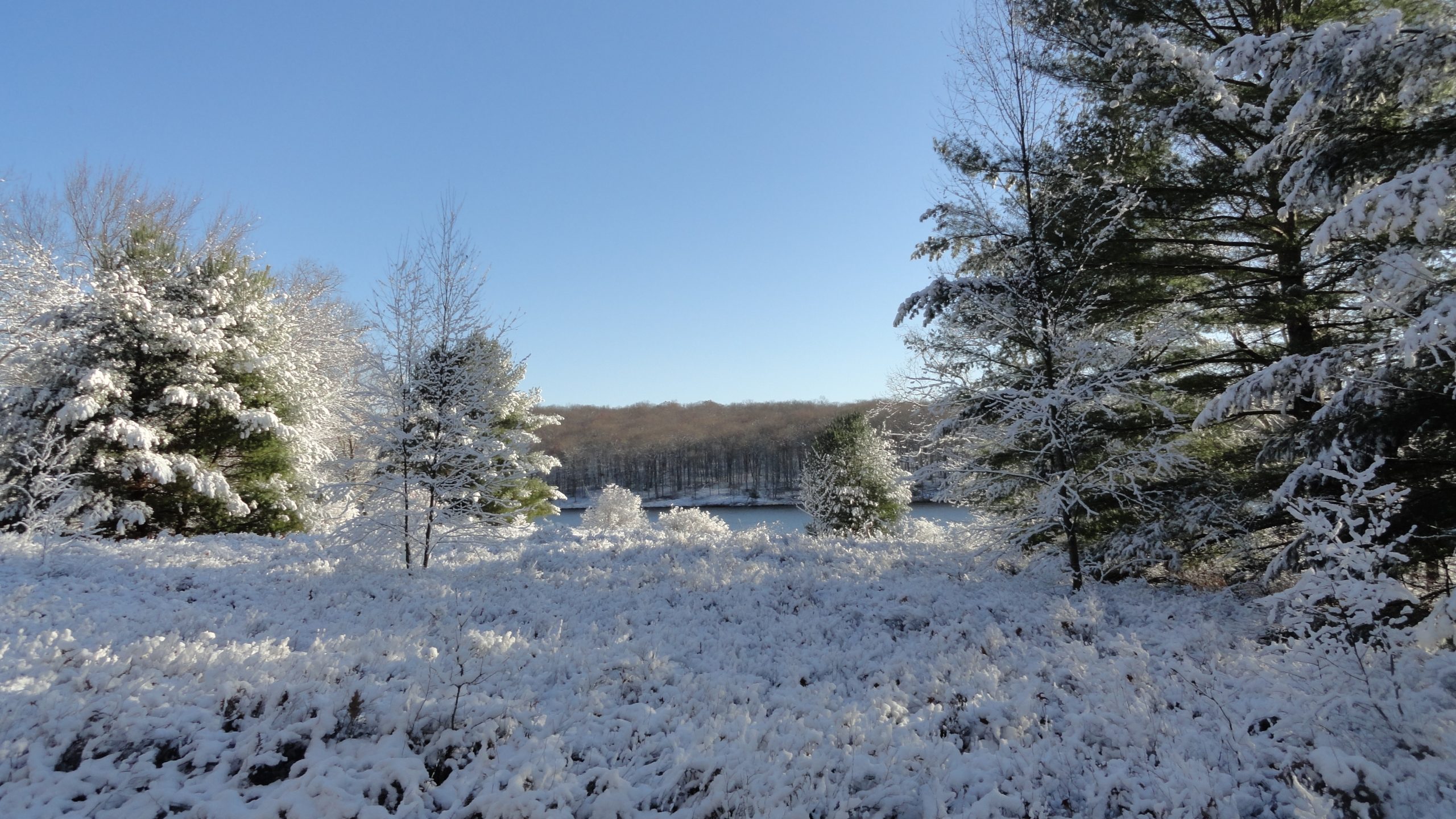By Bill Deaton—williamjdeaton@yahoo.com
Unquestionably, the COVID-19 pandemic has driven many people to seek solace in outdoor recreation. Kayak and bicycle sales were though the roof this year. Parks and trailheads were overflowing with both seasoned veterans as well as casual users. No doubt people will still flock to the forest as winter sets in but venturing out in the cold is a game changer, but certainly can be safe and enjoyable.
- Dress accordingly. Avoid cotton at all costs. Wool and synthetics are the best choices. It’s better to have more lighter layers than less heavy layers. Pack extra gloves, socks, and a hat. Opt for waterproof footwear. Know the symptoms of hypothermia.
- Bring a bigger pack. Even short treks will require some supplies. Keep some spare room in the pack for clothes shed while moving.
- Warm water in a thermos, high energy food, an emergency blanket, hand warmers, matches and dry tinder, a basic first-aid it and rain gear go into the pack. Drink often. Eat often. Food freezes so make things bite-size ahead of time. Consider a small backpacking stove.
- Bring a headlamp. Bring a whistle too. Both can be used to signal for help if necessary.
- Cold eats batteries. Bring extra. Keep devices warm in interior pockets.
- Packable ice cleats are a good idea. Know how to use them before heading out.
- Plan Ahead: Many access roads and trailheads open in warmer times may be seasonally closed. Have a map of the area and be familiar with it. Pick a route with some elevation gain to get the blood pumping.
- When possible, choose trails on the east side of a ridge in the morning and west side in the afternoon. Northerly exposed trails will always be colder and darker. Southerly exposed trails warmer and lighter.
- Always tell someone where you are going and when you plan to be back. Let them know you have returned safely.
By no means is this a comprehensive list. Longer trips will require more gear and training. Travelling in areas prone to icefalls and avalanches require advanced skills and equipment. However, for the average Mid-Atlantic based hiker looking to extend one’s hiking season into the winter, these are some things to consider. Be adventurous, be prepared, and enjoy!


